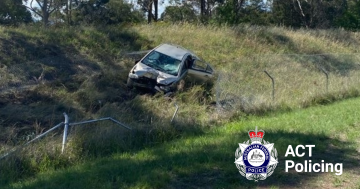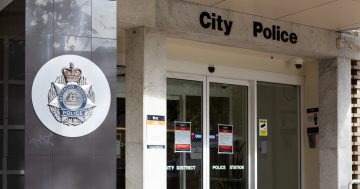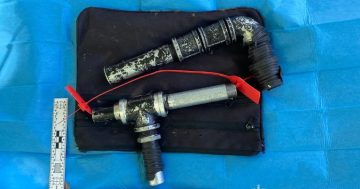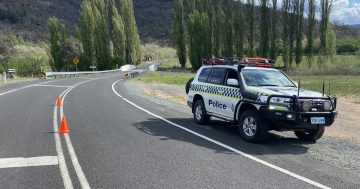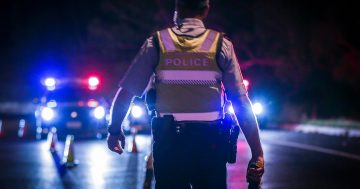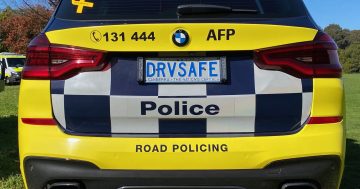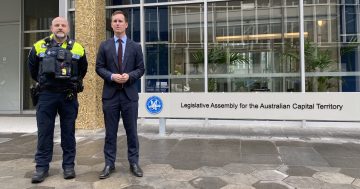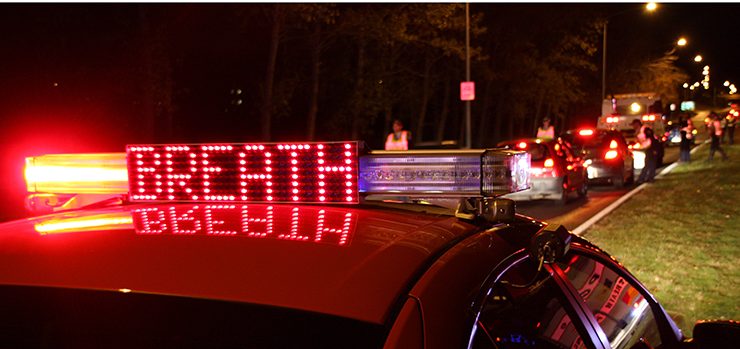
When was the last time you spotted a major RBT operation on a road near you? Photo: ACT Policing.
It’s fairly common these days for Canberrans to note they “hardly ever” see major roadside Random Breath Test (RBT) operations set up.
Many attribute it to not enough police out on the beat to cope with everything the Territory has to throw at them.
Resourcing does have something to do with it. But it’s not quite as simple as that.
ACT Policing still breathalyses drivers. In the financial year 2021-2022, 14,000 random breath tests were conducted by officers across the Territory.
This dataset doesn’t differentiate between tests conducted through large operations and individual drivers tested when pulled over by police.
But police confirmed in a statement to Region that they have shifted away in recent years from what they described as a “traditional bulk approach of RBTs, to a more targeted, intelligence-led approach”.
They said it meant officers were better able to complete random breath tests when they deemed it necessary. Rather than needing large numbers of staff to run RBT stations for prolonged periods, more officers were freed up to do other policing.
COVID-19 hasn’t really played a role in reducing the prevalence of RBTs. But it did require ACT Police to come up with new ways to ensure roadside testing is safe and efficient through the use of personal protective equipment and the regular cleaning of vehicles.
RBTs also continued to be used as an exercise in training new recruits, police confirmed.
Australian Federal Police Association president Alex Caruana said while traditional RBT stations were a good exercise in reminding the community that drug and drink driving were serious offences, the current method was more “appropriate” given staffing restraints and officer workload.
“From an operational sense, RBT stations are time-consuming, resource intensive and not as effective as apprehending drink and drug drivers compared to the targeted and focused approached currently undertaken by ACT Policing,” he said.
“We believe it is more efficient and effective to have 10 officers in five police cars driving the streets of Canberra, using their ‘patrol craft’ and experience to identify possible drink and drug-driving offenders than seeing a line of constables in one location focused on one activity.”
The union also notes the difficulty of apprehending drink and drug drivers via large RBT stations in the age of social media where drivers can often be alerted to their presence and simply drive another way home.
Facebook pages specifically intended to alert social media users to RBT locations were incredibly popular about five years ago but have since declined in use.
Region is aware of some individuals who take to other social media such as Snapchat, Instagram and specific apps to share the location of speed cameras and RBTs.
Late last year, the NRMA raised concerns about what it described as “complacency” regarding drink driving as the numbers of tests conducted declined across the country in line with COVID-19 lockdowns.
The insurer has called for an average of 1.1 breath tests per licence issued each year. The Territory’s average is 0.26 according to its latest figures.












